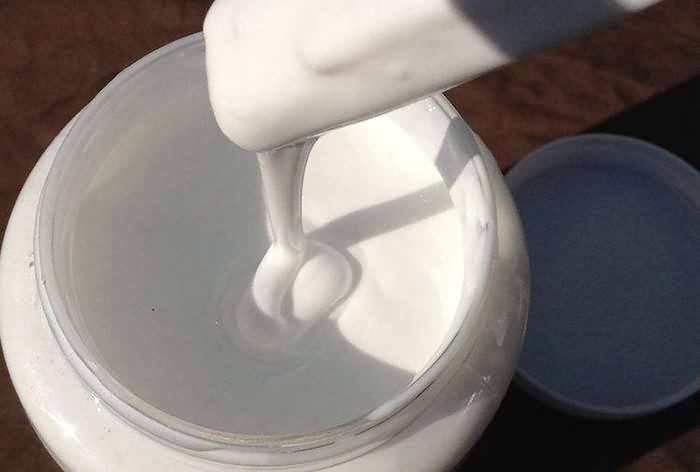The relationship between the physical structure of the adhesive and the bond strength
The physical structure of polymers mainly involves crystallinity and uniformity, which have a great influence on the bond strength of adhesives.
The physical structure of polymers mainly involves crystallinity and uniformity, which have a great influence on the bond strength of adhesives.
(1) Influence of crystallinity
Crystallinity has a great influence on polymer adhesion properties, especially in the temperature range between the glass transition temperature and the melting point. The effect of crystallinity on bonding properties is determined by its crystallinity, grain size and crystal structure. In general, polymer crystallinity increases, yield stress, strength and modulus increase, while tensile elongation and impact properties decrease. Due to different degrees of crystallinity, the performance indicators of the same polymer can vary several times. Crystallization increases the interaction force between molecules, makes it difficult for molecular chains to move and causes the polymer to harden and embrittle, and the adhesive properties decrease. However, crystallization increases the softening temperature of the polymer, and the mechanical properties of the polymer are less sensitive to temperature changes. The degree of crystallinity can be reduced by copolymerization or blending to increase the adhesion. For example, when the high-crystalline polyethylene terephthalate is used to bond stainless steel, the adhesion strength is close to zero, and some isophthalic acid is used to replace it. After terephthalic acid, the adhesion increases.
The effect of polymer grain size on mechanical properties is more obvious than that of crystallinity. Large grains make it possible to generate more voids and defects inside the polymer, and reduce its mechanical properties.
The fibrous polymer crystals composed of extended chains can make the polymer have higher mechanical properties. Heating some crystalline polymers can make the molecules arranged according to certain rules in the crystals chaotic, which is conducive to infiltration, such as polyethylene, crystalline nylon, etc., which can be used as hot melt adhesives.
In some cases, crystallization can also be used to improve bond strength. For example, neoprene is an amorphous, flexible polymer. After infiltration and diffusion processes, proper crystallization can improve bond strength. During the bonding process, thermoplastic adhesives can be quenched to form crystallites to improve the bonding performance. For example, when an aluminum alloy is melt-bonded with polyethylene, the peel strength is much higher when cooled rapidly with water, ice, and liquid nitrogen than when cooled slowly at room temperature. Since the quenching process also causes the volume of the adhesive layer and the adherend to shrink sharply and causes the internal stress to increase sharply, this process is not universal.
(2) Influence of structural uniformity
During the curing process of the adhesive, any changes in operating conditions and operating methods will affect the physical structure of the cured adhesive layer, especially the defects caused by stress. In fact, any material is not a uniform whole, but there are many defects. These defects are very small, some are only 1 μm in length, and the width can be as small as tens of nanometers, so we usually do not notice them. Due to the existence of defects, when subjected to stress, stress concentration will occur around the defect. When the local stress exceeds the local strength, the defect will develop into a crack, which will eventually lead to the rupture of the entire material. The size and distribution of defects in the material and the distribution of stress around the defects have a great influence on the properties of the material. Tough polymers can yield deformation and may also have a crazing area around the crack. The presence of the craze zone slows the stress concentration around the crack and increases the resistance to crack propagation. Shrinkage stress generated by volume shrinkage during material molding is an important cause of defects, so reducing shrinkage stress can improve strength. To this end, the adhesive curing conditions should be designed so that the shrinkage stress disappears before it is fully cured.
The use of rubber to toughen glassy polymers to form so-called "polymer alloys" has been widely used in the polymer industry. into cracks.
RELATED NEWS




